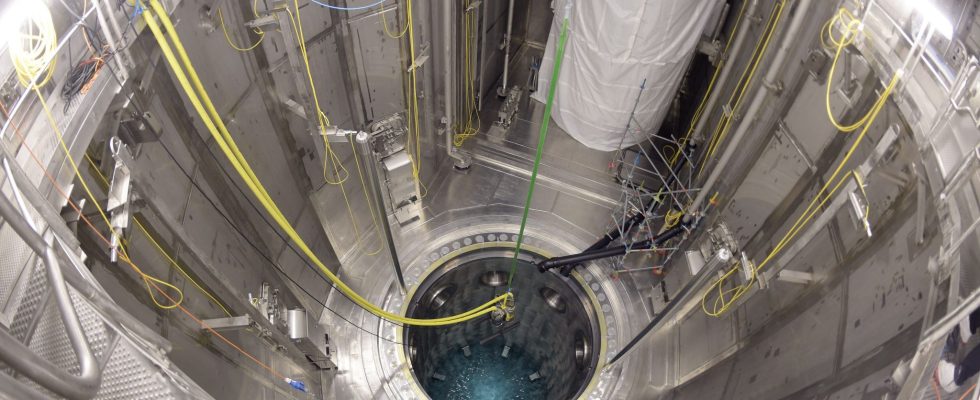In the height of summer, as the news slows down, the future of the world may be changing drastically. A team of South Korean researchers published two papers on July 22 on the possible discovery of a superconducting material, LK-99, operating at ambient temperature and pressure.
In the superconducting state, a material acquires the ability to perfectly conduct an electric current, without resistance and therefore without loss of energy. It can, moreover, completely expel the magnetic field which surrounds it, allowing it to maintain itself in magnetic levitation. The phenomenon of superconductivity was discovered in 1911 by physicist Heike Kamerlingh Onnes. It was thought that the character of superconductivity was acquired only at very low temperatures, close to absolute zero, 0 kelvin or -273°C, this temperature being able to be higher if the pressure was very high. These conditions make the use of superconductors complicated to say the least, even though they are necessary to contain the plasma in nuclear fusion reactors or for the operation of electromagnetic suspension trains. But at room temperature, another story, revolutionary for the industry, would open up.
A thrill in 1999
Everything is confusing here. The Grail is said to have been discovered by South Koreans without any recognition in the hierarchical world of global research. Seoul 1996: Kim, a young 24-year-old chemist, joins the university department. There he met Chair, the dean of the materials chemistry department and author of a theory on one-dimensional superconductors that was rather poorly received in 1994, and his faithful second in command, Lee. Together, they multiplied the manipulations for three years, without success, with the exception of a quiver in 1999. Kim then returned to his initial research subject, batteries. Lee continued his work and published his doctoral thesis on the subject in 2008. Abandoning teaching and research shortly after, he founded, with Kim, Qcenter, an engineering structure rather dedicated to batteries. In 2017, Chair fell seriously ill and his former students rushed to his bedside. He urges Kim and Lee to pursue the ghost trail of 1999.
Shunned by the world of research
Therefore, our two friends need money to acquire various machines including a magnetometer used to measure very weak magnetic fields and an electronic paramagnetic resonance spectrometer. They apply for a research grant with the help of a former colleague from Chair, Hanyang, but without any link with the academic world, they are rebuffed. They will then join forces with a much better known teacher in the industry, Kwon. We are in 2017 and the trio finally manages to buy the necessary equipment. In 2018, Kim isolates the much-desired material. It will take him three more years to replicate it. In the meantime the Covid strikes, travel is impossible, conferences cancelled. The experiment is complicated to replicate, with many failures. And the theoretical model is still not robust. The team uses this time to file patents. At the same time, she tries to hide her lack of scientific credibility by working with HyunTak, a renowned Korean-American researcher. Finally, the dissensions make that Kwon publishes on arXiv, the famous July 22, an article quoting Kim and Lee, who however would have broken the bonds with him. Hours later, HyunTak responds with an article quoting the same Kim and Lee, but omitting Kwon.
The precedent that calls for caution
Everyone is on their guard and no major scientific journal has yet ventured into controversy. It must be said that the lesson was dearly learned. In 2020, the laboratory directed by Ranga Dias, at the University of Rochester (United States), had published in Nature that a carbon-hydrogen-sulfur compound, formed at extreme pressures, could be superconducting at room temperature. The article has since been revoked, with the results believed to have been manipulated.
If he left the newspapers marble, the paper of the South Koreans triggered hysteria on X (ex-Twitter) in the scientific community. Many research laboratories, but also companies and individuals, have embarked on the replication of Kim’s material. Dozens of researchers are working on the theoretical model that could explain this superconductivity. And the first results, especially from China, are starting to come in. It would seem that this material made of phosphorus, lead and copper, and costing only a few tens of euros per kilo, has certain superconducting properties. The questions of the depth of its properties and the reproducibility of the material nevertheless remain unanswered. The soap opera of the summer has only just begun.
* Robin Rivaton is Managing Director of Stonal and member of the Scientific Council of the Foundation for Political Innovation (Fondapol).
